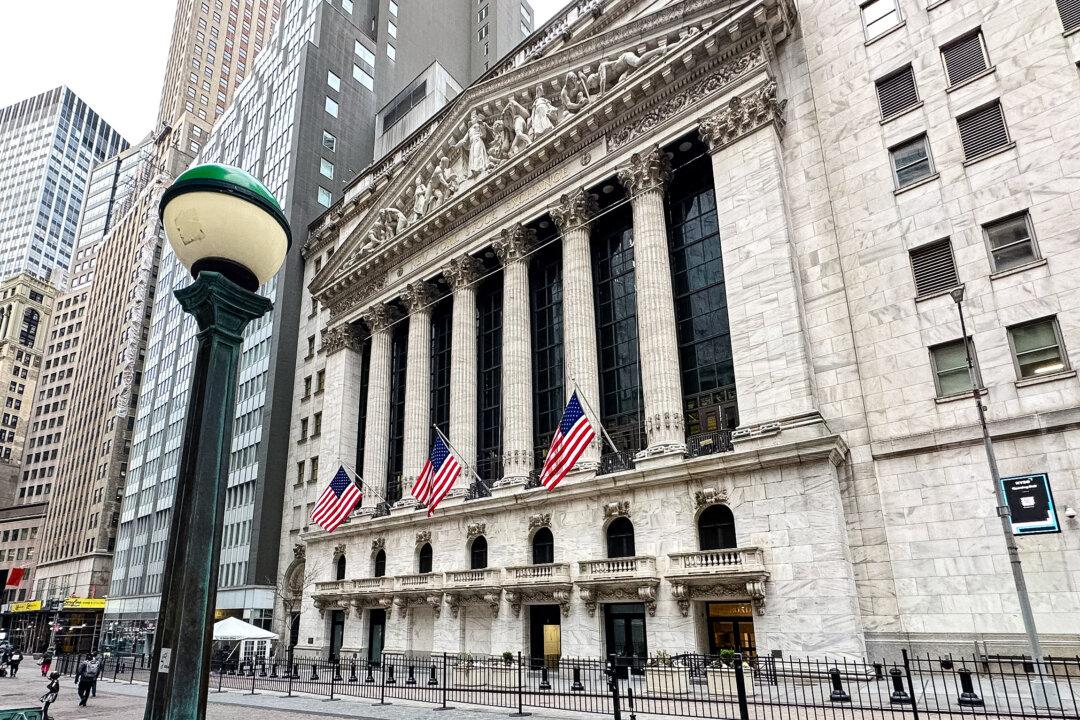Various U.S. government agencies announced some surprisingly disappointing economic indicators and other news this week. The data revealed that the U.S. economy is not doing nearly as well as expected. First-quarter 2024 gross domestic product (GDP) growth came in at an anemic 1.6 percent. This was the lowest quarterly rate of economic growth since 2022, and well below analyst expectations of 2.5 percent. At the same time, with the GDP release came news that the core personal consumption expenditures (PCE) price index (a measure of inflation preferred by central bankers) had blown out, increasing from 2 percent to 3.7 percent in the first quarter.
Then, the following day, came the release of PCE price index data for March 2024, which indicated that inflation is getting worse, not better. Headline PCE rose by 2.7 percent for the month, compared with 2.5 percent in each of January and February. Core PCE, excluding food and energy, was even worse at 2.8 percent. Consumer expectations for future inflation are now rising again.
This leaves the Federal Reserve stuck between fending off inflation and recession—i.e., facing the prospect of 1970s-style stagflation, when prices rose steadily despite growing unemployment and a languishing economy. The inflation news pushes out any prospects for interest rate cuts by the Fed to at least the end of the year if not into 2025.
Households are caught in a trap of rising consumer prices, slow wage growth, and diminishing job prospects. They are increasingly concerned that their livelihoods are under assault as they watch their standard of living and future prospects for things such as home ownership diminish.
Markets, however, seem to be listening more to the inflation narrative, fueled by deficit spending and excess liquidity. Having shrugged off the weak GDP data, stock prices quickly rebounded and erased earlier declines. Indexes such as the S&P 500 remain near all-time highs reached at the end of March. The high-flying and so-called “Magnificent Seven,” which represent the largest and fastest-growing tech companies in the index, have similarly recovered. Tesla, for example, rose by 22 percent over the course of the week, erasing initial losses from an earnings announcement showing poor quarterly sales results.
So, while Main Street is suffering from a weakening real economy, financial assets continue to grow in price, if not in intrinsic value.
One of the primary reasons for this is the abundant liquidity produced by government deficit spending (and the debt raising that goes with it) that continues to slosh through the markets.
Buyers of government debt remain abundant. Just last week, the U.S. Treasury successfully auctioned off a record $69 billion in two-year notes, a record $70 billion in five-year notes, and $44 billion in seven-year notes. Fears that investors may be choking on massive quantities of government debt issuance have yet to be proven. This will give the government confidence to keep spending.
The result of these auctions, along with record tax receipts, means that the Treasury’s coffers are flush with cash. The Treasury’s general account balance of cash rose to nearly $900 billion after this year’s Tax Day, and a portion of these auction proceeds will add to it. So long as the U.S. government bond markets remain open, deficits will continue to grow, and all that liquidity will have to find a home.
As this massive pile of cash is spent by the U.S. government in the coming months, it will push additional liquidity into the financial markets. All else equal, this will result in continued support for prices of inflation-resistant assets such as gold, crypto, oil, and other commodities, along with growth equities able to outrun rising prices.






